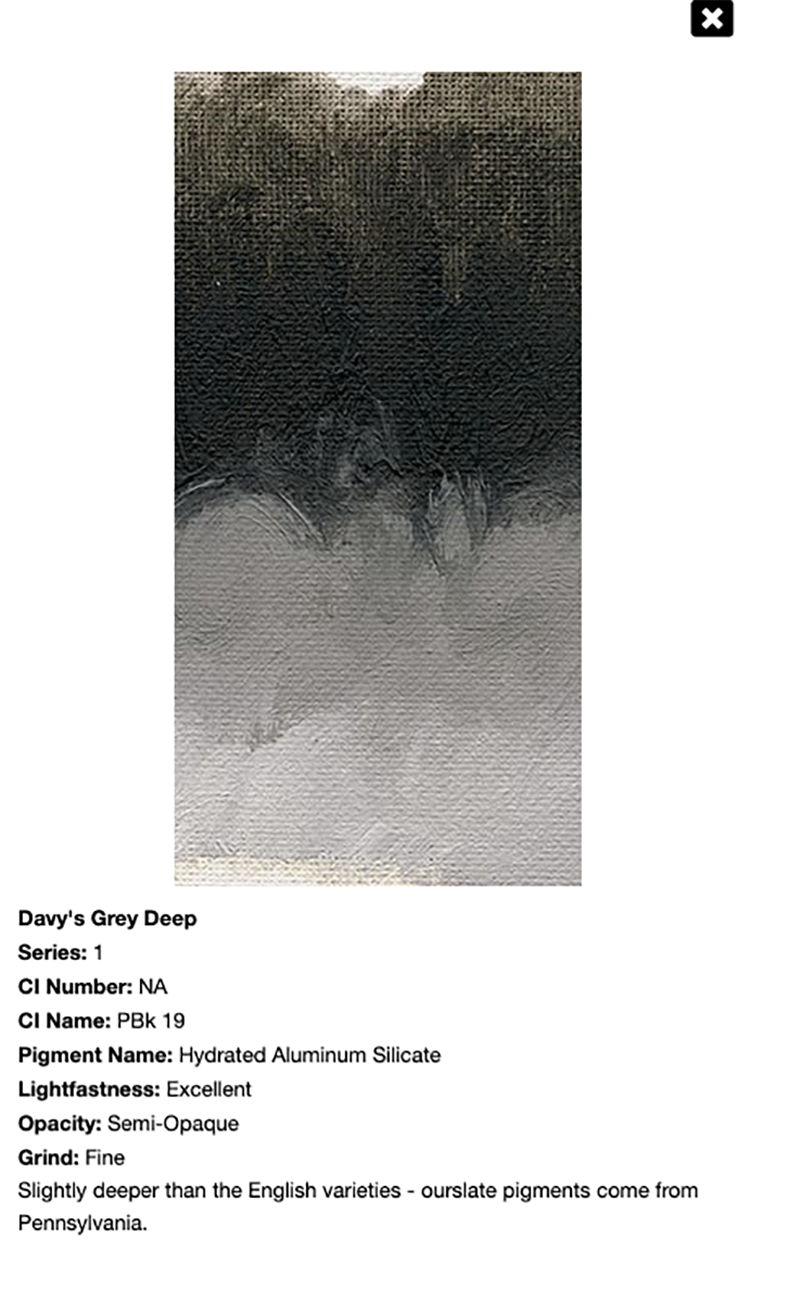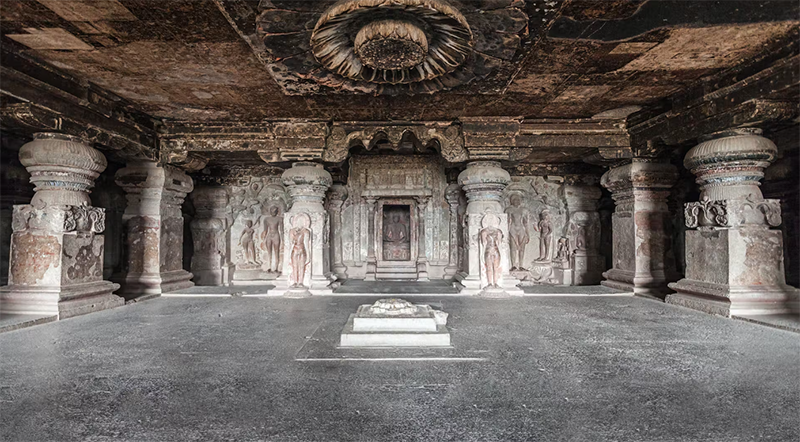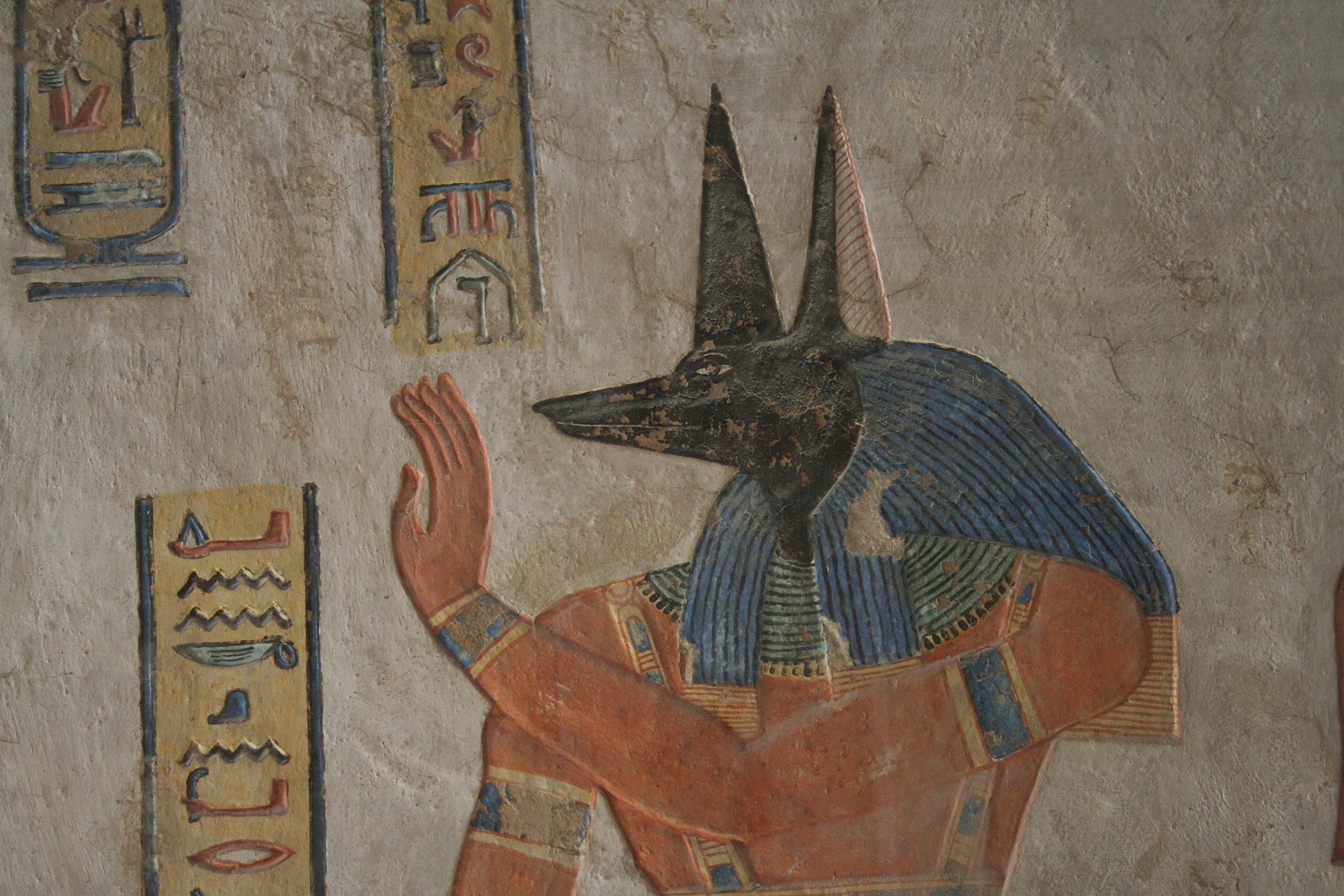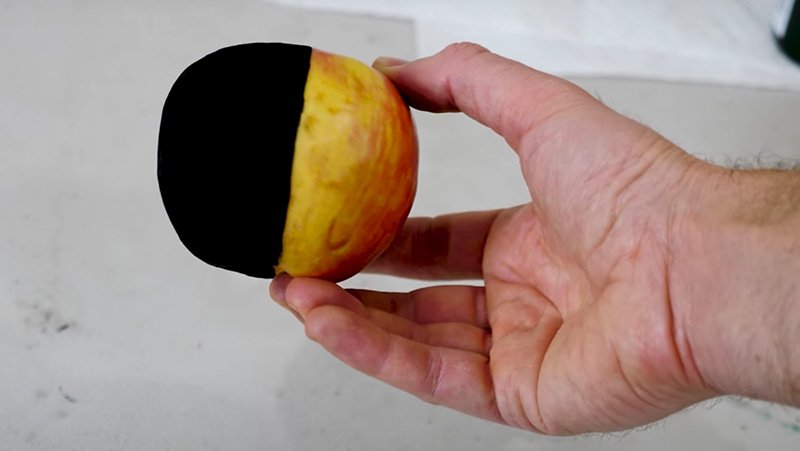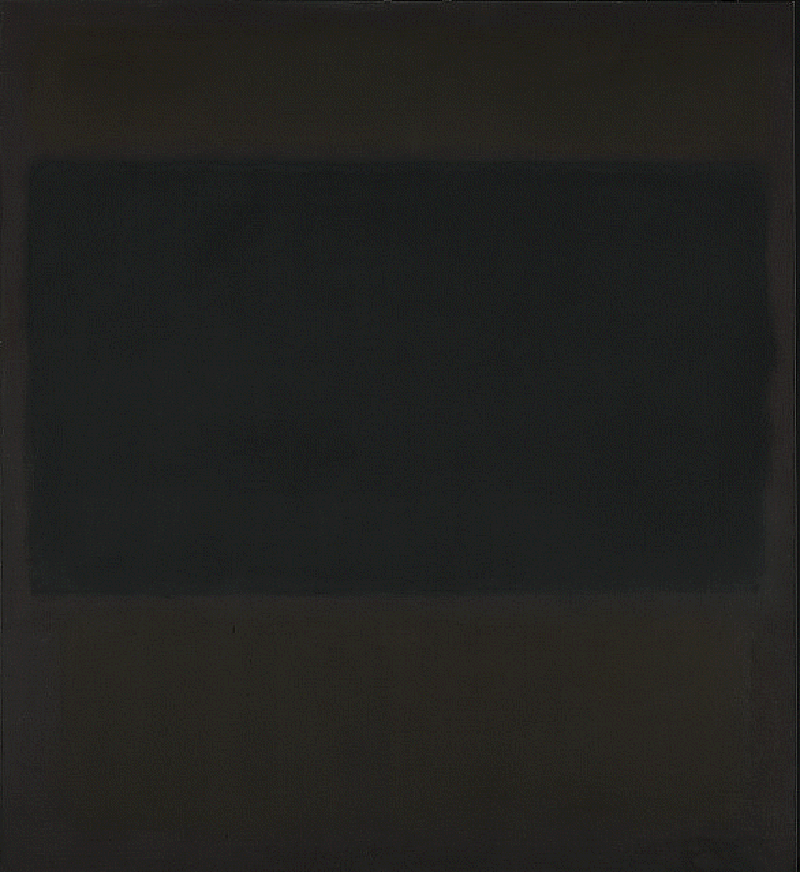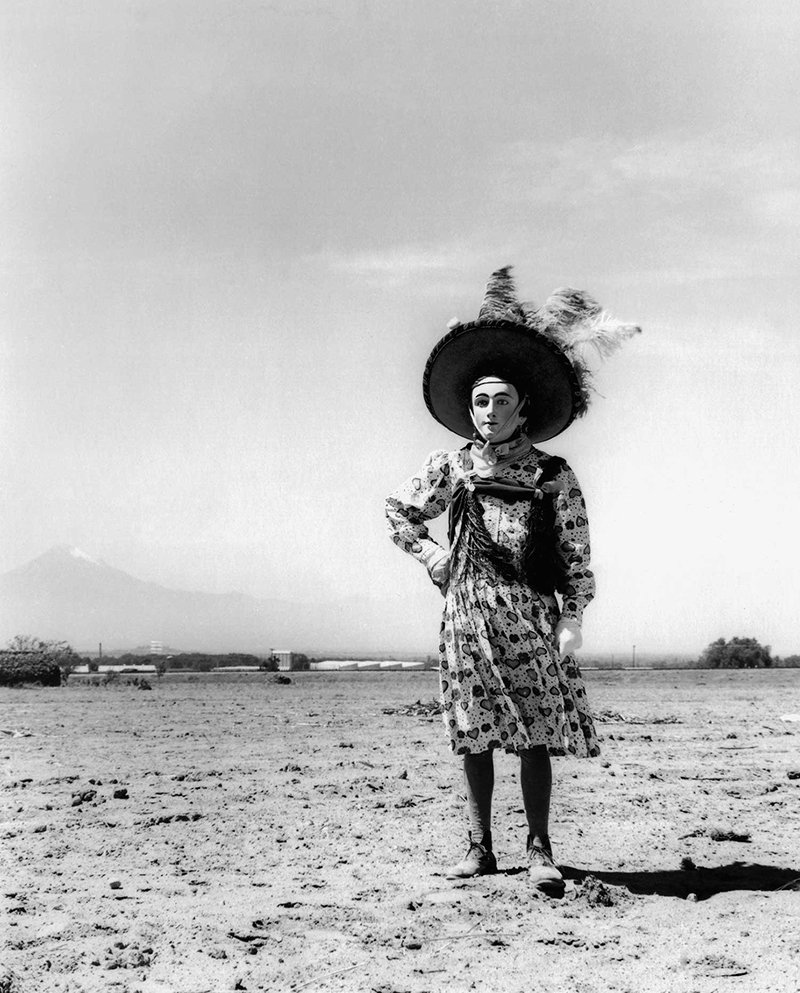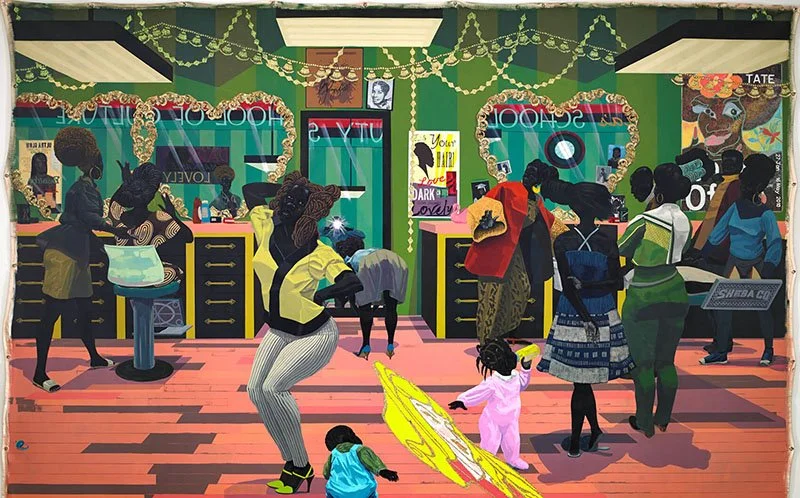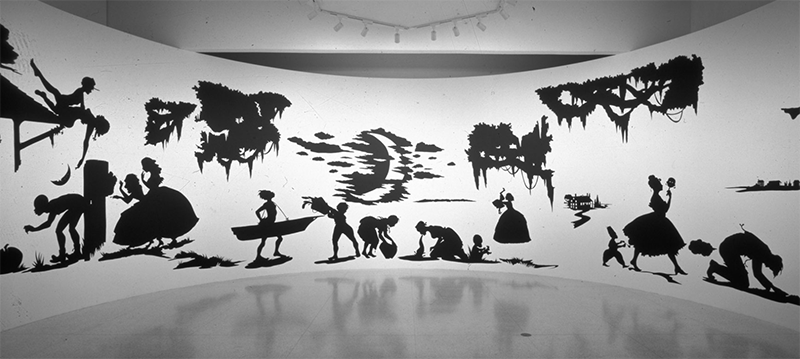Black - Art Slice Museum Laboratories Division of Color Theory and Color Studies
For its fourth installment, the Art Slice Museum Laboratories Division of Color (not a color) Theory and Color Studies presents . . . BLACK.
Join us as we discuss a brief history of the color BLACK beginning with how scientifically, it’s ‘a color not a color’ then onto the pigments and its utilization by artists since prehistoric times, through the Renaissance, Post-Impressionism until today which includes some artist feuds involving the blackest man-made pigment ever*.
And lastly, we also dig into our associations with BLACK - which ranged from infiniteness, dominatrixes, faded black clothing, and monsters - through data compiled by the Art Slice Pantrémon from clinical participants.
The song featured in this episode was “I need to do it to be alive” by Soft and Furious from the album Diving in the Self which is one of a hundred incredible songs by Rrrrrose of Loyalty Freak Music. Support Rrrrrose’s mission to create queer, free music against Capitalism and Fascism on Patreon. Consider supporting their work!
✿ ✿ ✿ ✿ ✿ ✿ ✿ ✿ ✿
W1D1 is a tool to relax, snap out of the routine and sharpen your creative skills with daily creative challenges.
We walk in the footsteps of famous artists and photographers.
Use century-old techniques to learn to work with colours, shapes, and feelings. We dive into the historical roots of our visual cultures and get to enjoy modern art.
Instead of lectures, quick exercises to help you to be brave and deliver your creative ideas no matter what:
✿ ✿ ✿ ✿ ✿ ✿ ✿ ✿ ✿
Pick up some honest to god amazing coffee from Mother Tongue! Use the offer code ARTSLICE at checkout for 15% off - HERE
✿ ✿ ✿ ✿ ✿ ✿ ✿ ✿ ✿
Why is there something rather than nothing? Something Rather Than Nothing is a philosophical and psychological exploration into the act of creation.
Detail of a cave painting of a bull, Lascaux Cave in Montigranc, France.
Michelangelo Merisi da Caravaggio, St. John the Baptist, 1598. Oil on canvas.
Attributed to the Medea Group, HERACLES & THE CENTAUR EURYTION, ca. 530 - 520 B.C. Attic Black Figure.
Ajanta Painting 2nd century B.C - 6th century A.D. Reproduction done by Lady Herringham in 1915. via Wikipedia
A room inside the Ajanta Caves, 2nd century B.C., India.
Anubis in the tomb of a son of Ramses III in the Valley of the Queens (QV44) via Smart History
A detail featuring a black Devil from Giotto’s 14th century frescoes from the Scrovegni Chapel (Episode 19).
John Singer Sargent, Carnation, Lily, Lily, Rose, 1885-86. Oil on canvas. Painted after studying with Claude Monet.
Vantablack S-VIS pigment created in 2016, absorbs 99.96% of light.
2019 - Artist + MIT scientists created blackest manmade material - absorbs 99.995% of light
Stuart Semple’s Black 3.0 paint
Musuo black - the blackest acrylic water-based paint available, absorbing 99.4% of light.
Skip to 10:52 to see a Musuo (blackest acrylic black paint) coated Porshe out on the town
Vincent Van Gogh, Skull of a Skeleton with Burning Cigarette, c. 1885–86. Oil on canvas.
Installation of El Jaleo, Isabella Stewart Gardener museum, Boston, MA.
John Singer Sargent, El Jaleo, 1882. Oil on canvas.
Georgia O’Keeffe, Black Cross, New Mexico, 1929. Oil on canvas.
Albert Pinkham Ryder, Landscape, 1897-98(?). Oil on canvas.
Mark Rothko, Untitled No.11, 1963. Oil on canvas.
Ad Reinhardt, Abstract Painting, 1960. Oil on canvas, 60 x 60 inches.
Rong Rong, Untitled, 2008.
Daido Moriyama, Image Number: 015.
Graciela Iturbide, Carnaval (Carnival), Tlaxcala, 1974
Seiichi Hayashi
Kazimir Malevich, Black Square, 1915. Oil on canvas.
Kerry James Marshall, School of Beauty, School of Culture, 2012. Acrylic of canvas.
“Life at ‘Ol’ Virginny’s Hole’ (sketches from Plantation Life)” Kara Walker, 1997. Cut paper and adhesive on wall. 12 x 85 ft. (3.7 x 25.9 m) overall.
Print of the icon at the Kalighat Temple, eastern India, 1880-1890.









